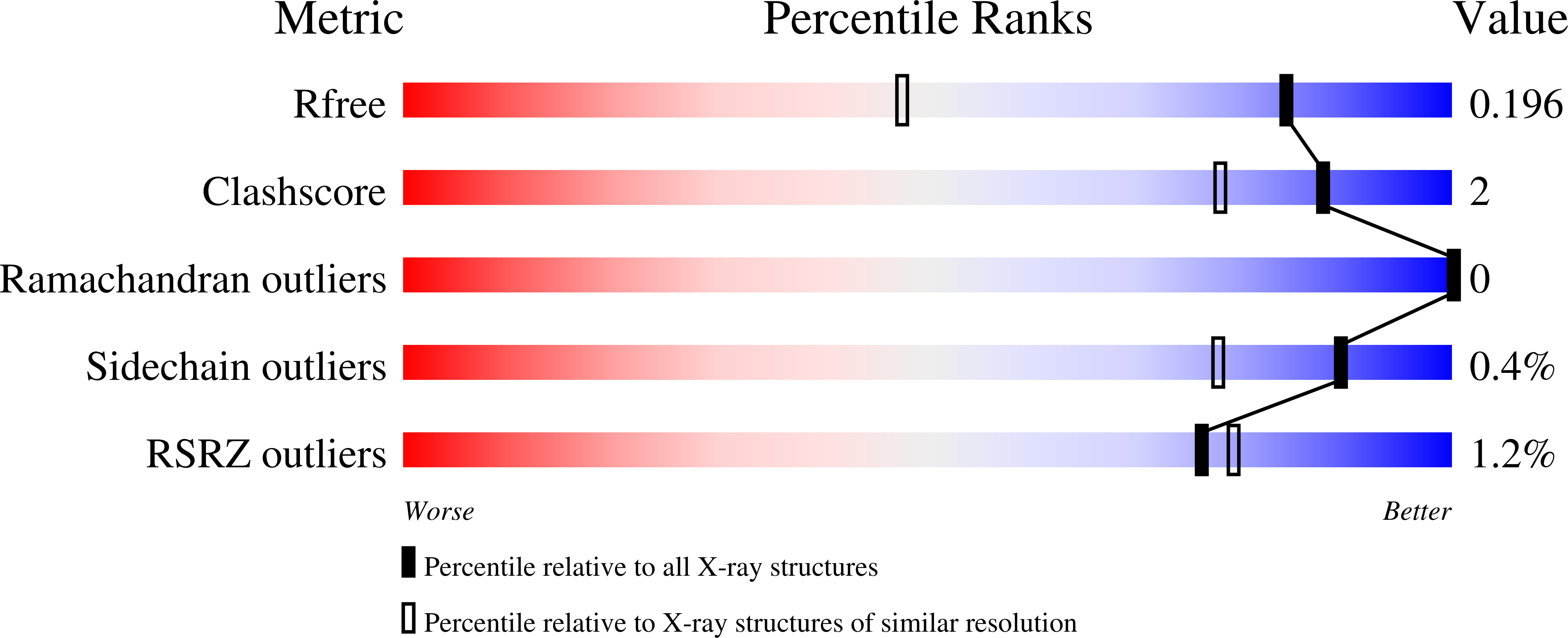
Deposition Date
2024-10-09
Release Date
2025-10-29
Last Version Date
2025-10-29
Entry Detail
PDB ID:
9H0W
Keywords:
Title:
Human Carbonic Anhydrase II in complex with B-Thujaplicin (2-hydroxy-4-(propan-2-yl)cyclohepta-2,4,6-trien-1-one)
Biological Source:
Source Organism:
Homo sapiens (Taxon ID: 9606)
Host Organism:
Method Details:
Experimental Method:
Resolution:
1.44 Å
R-Value Free:
0.19
R-Value Work:
0.16
R-Value Observed:
0.16
Space Group:
P 1 21 1


